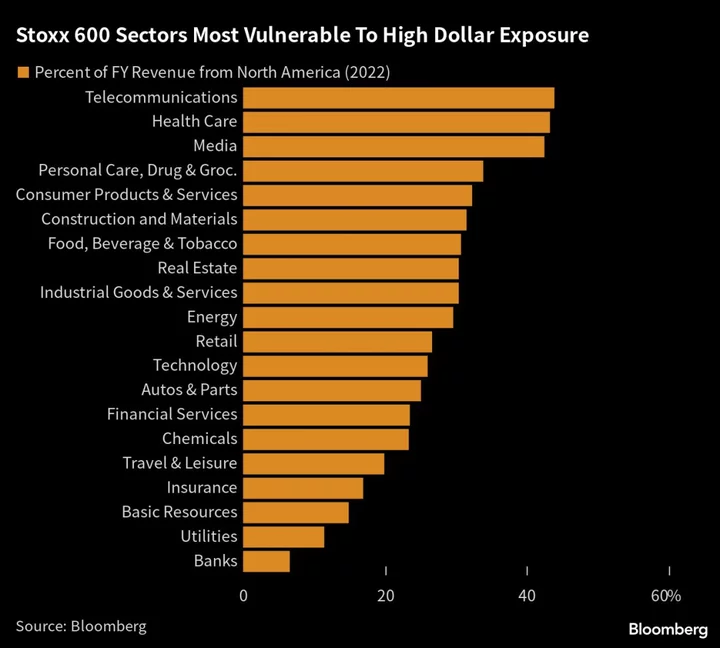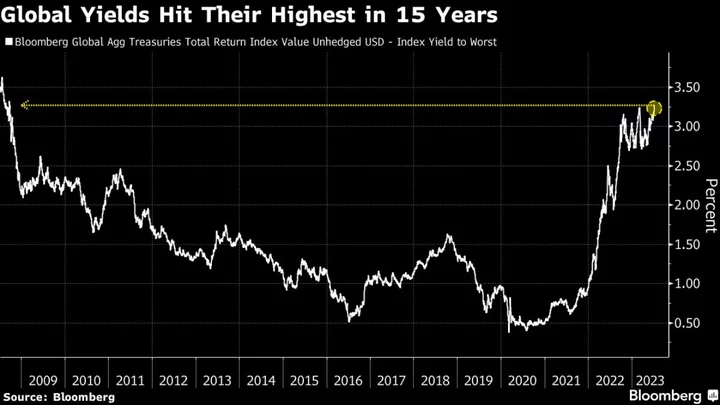The outlook for Sweden’s economy has deteriorated with spending by households set to be a determining factor in how big the contraction turns out to be, according to the country’s biggest bank, SEB AB.
Gross domestic product will shrink 1.2% this year and grow 0.1% next year, SEB said in a report on Tuesday. Its May forecasts penciled in a 1% drop in 2023 and 0.6% growth in 2024.
The expected contraction is caused by “weak households and a sharp decline in residential construction,” Chief Economist Jens Magnusson and Head of Economic Forecasting Daniel Bergvall said. “How Swedish households react to sharply rising costs and higher interest rates will determine the depth of the economic downturn,” they added.
Persistently high inflation has been pummeling Sweden’s economy since 2022, with central banks jacking up rates in response. An increase in the cost of goods and credit has prompted households to curtail consumption.
Steep declines in home values through 2022 have also meant builders are reassessing the market, and housing starts have fallen by more than 50% from their prior year levels. This fall, housing prices are set to resume declines after pausing in recent months, SEB said, forecasting a total price decline of 15% to 20% from the peak.
A recent slowing in inflation is giving some respite to the Riksbank that’s struggling with a weak krona exchange rate, with the development in prices suggesting that its key rate hike in September “will be the last,” according to SEB’s economists.
“Sweden will continue to look more anemic than many other countries,” SEB said.









